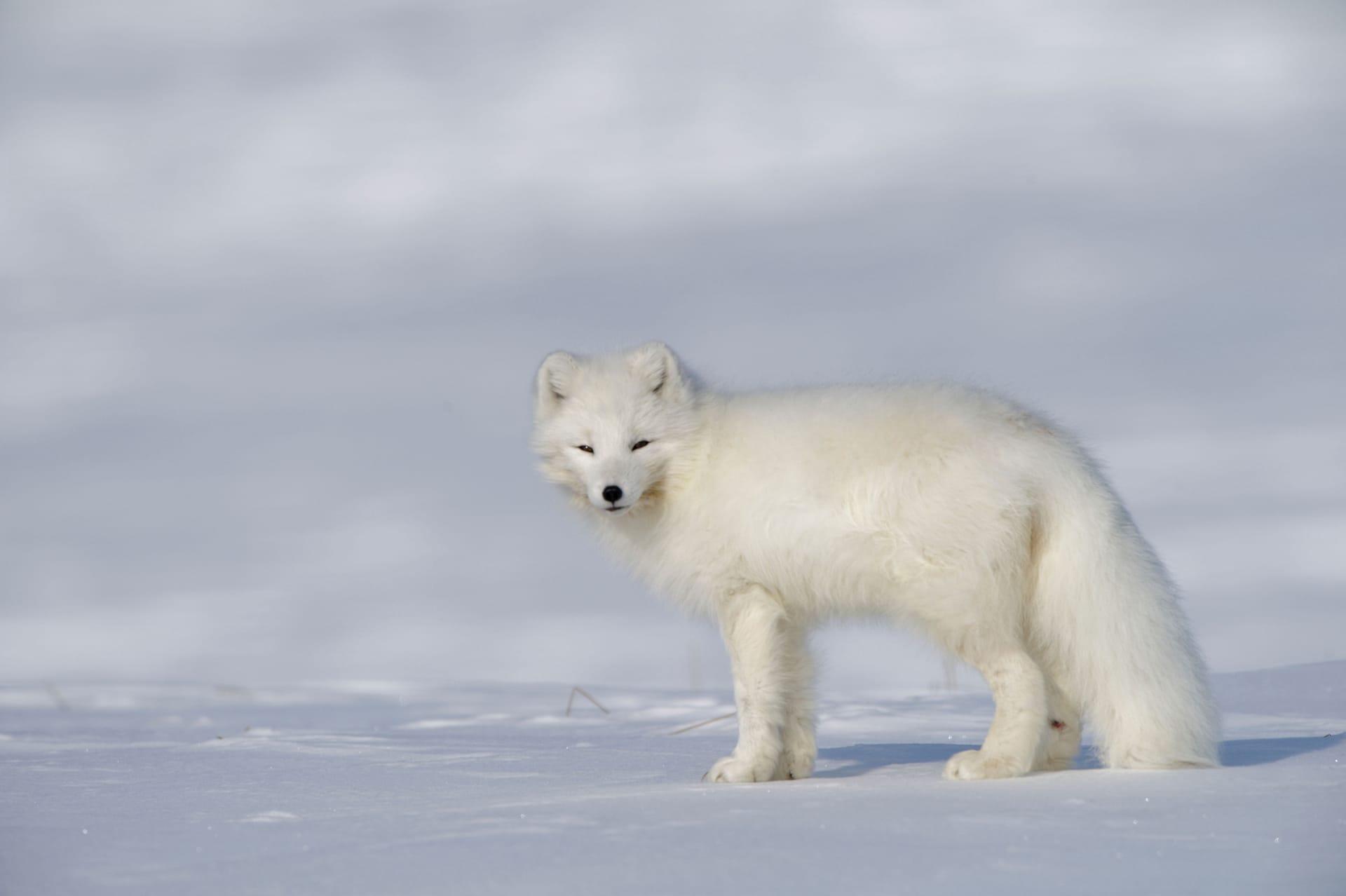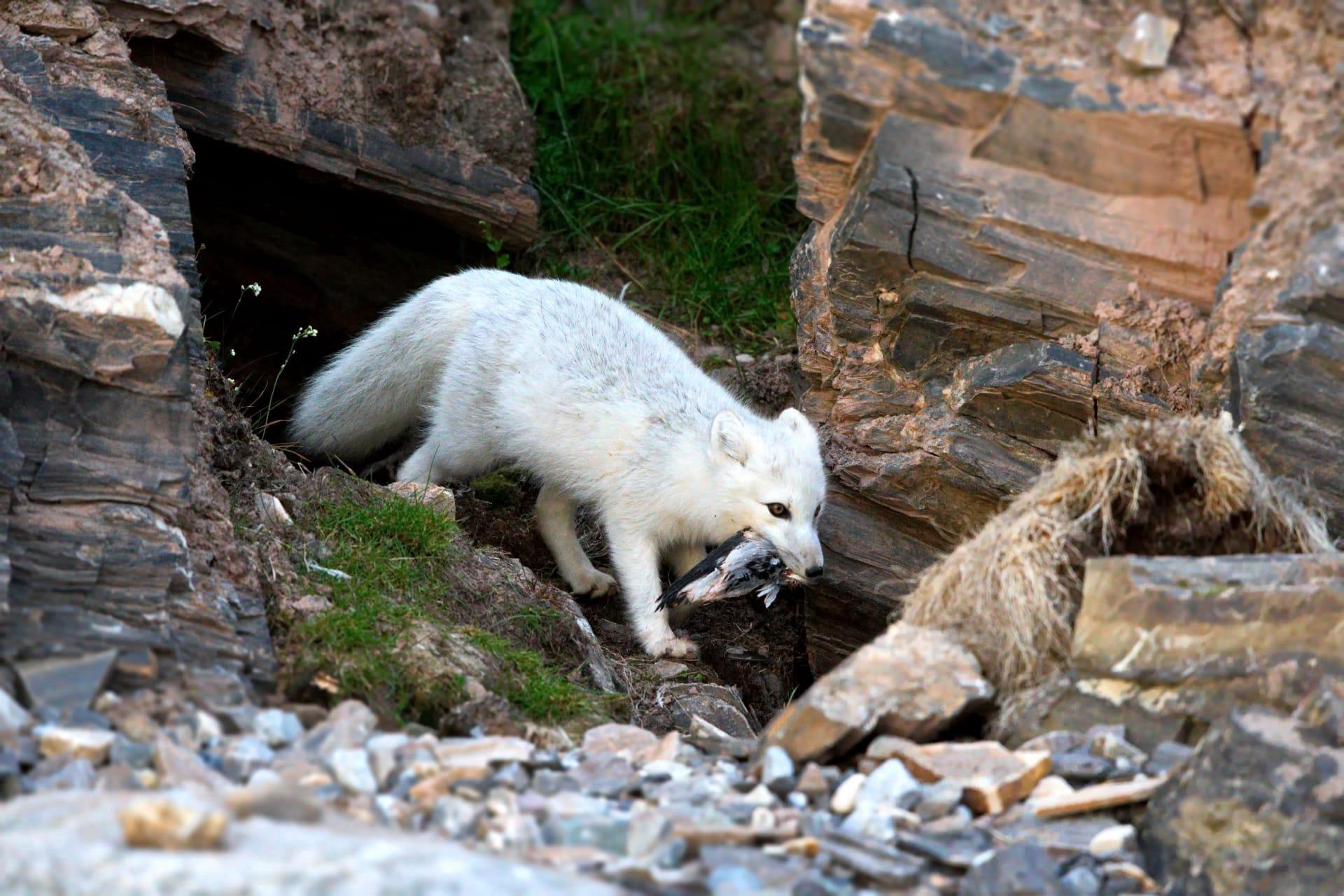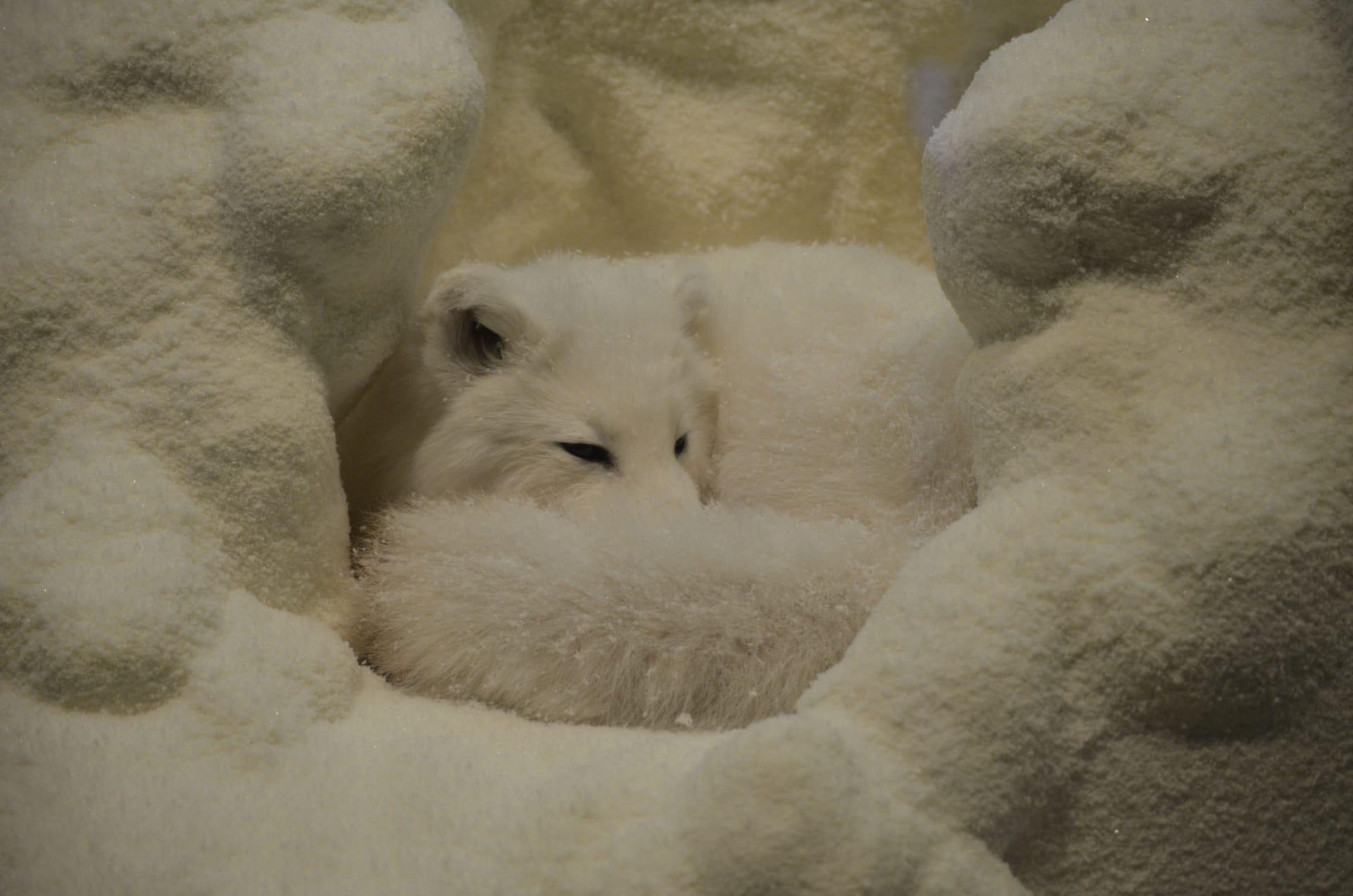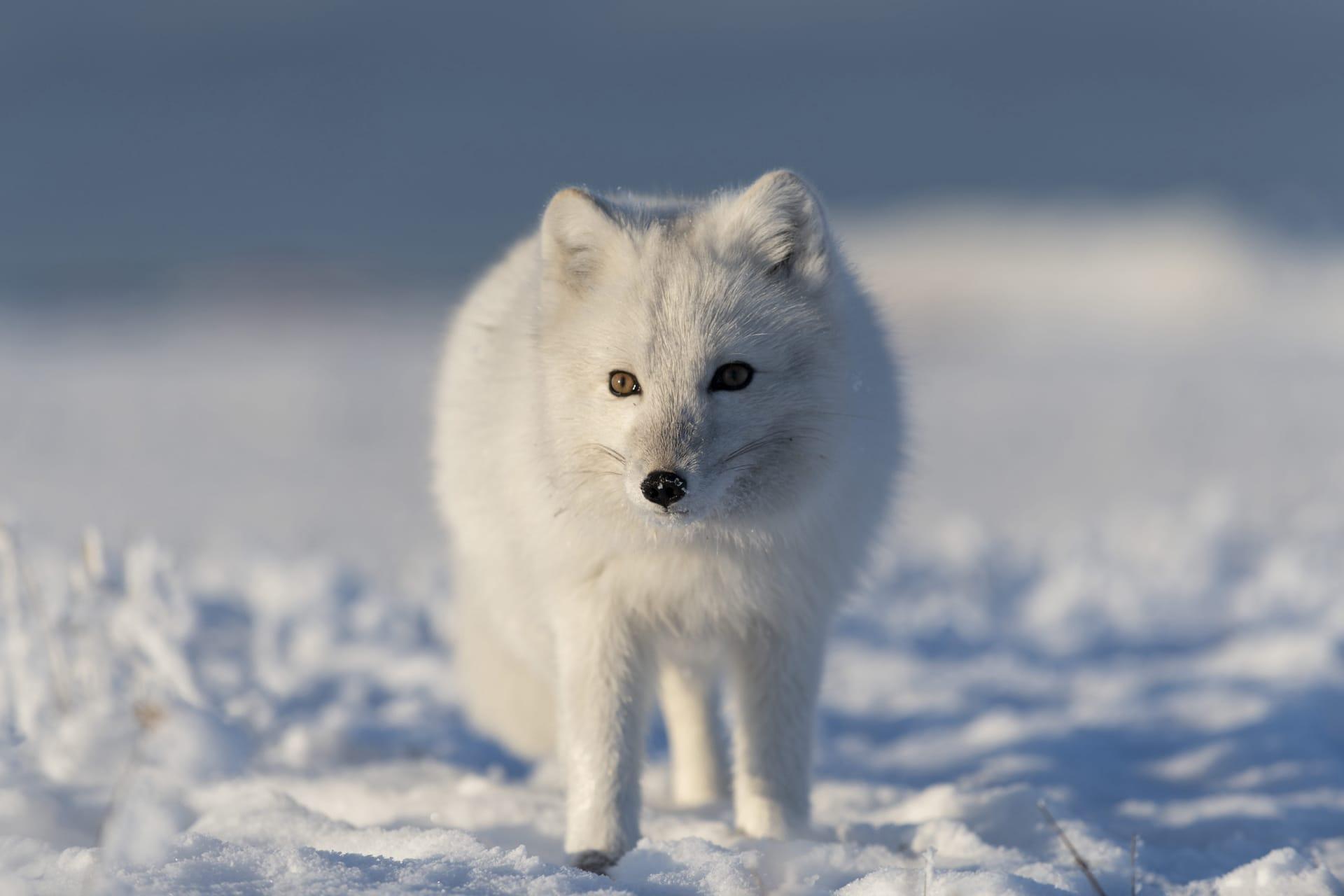1
The Arctic Fox, a nimble inhabitant of the icy Arctic tundra, has a unique adaptation to handle the frigid temperatures - its fur. This fur is one of the warmest of any mammal, thanks to its dense, multi-layered structure. The outer layer consists of long, waterproof guard hairs, while the underfur is thick and insulating, trapping air and retaining heat. Remarkably, the Arctic Fox's fur changes color with the seasons for camouflage - pure white in winter to blend with snow, and a brown or gray in summer to match the tundra’s rocks and plants.
Another fascinating aspect of the Arctic Fox is its hunting method. It employs a special technique known as 'mouthing,' where it listens for the subtle sounds of prey, like rodents, beneath the snow. Once it locates its target, the fox leaps into the air and pounces, breaking through the snow to catch its prey. This hunting strategy is incredibly efficient in the sparse Arctic environment, where food sources are limited. The Arctic Fox can jump as high as 3 feet in the air and dive into snow that is up to 2 feet deep.

2
The Arctic Fox has a remarkable ability to survive in extreme cold. It can endure temperatures as low as -50 degrees Celsius (-58 degrees Fahrenheit) without increasing its metabolic rate. This is due to its low surface area to volume ratio, made possible by its round, compact body shape, short muzzle, and small ears. These features minimize heat loss, making the Arctic Fox incredibly efficient at conserving energy in its harsh habitat.
Additionally, the Arctic Fox plays a crucial role in its ecosystem as a scavenger. It often follows polar bears to feed on leftover scraps from their kills. This scavenging behavior is essential for the Arctic Fox’s survival, especially during winter when other food sources are scarce. The relationship between polar bears and Arctic Foxes is a great example of how different species can coexist and indirectly support each other in the Arctic ecosystem.

3
Arctic Foxes are known for their long-distance travels, covering vast territories. They have been recorded to travel up to 3,500 kilometers (over 2,175 miles) in a single season. These journeys are primarily driven by the need to find food, but they also play a significant role in gene flow across the Arctic regions. This extensive movement helps maintain genetic diversity among Arctic Fox populations, which is crucial for the species' resilience to environmental changes.
The diet of the Arctic Fox varies greatly depending on the season. In summer, their diet includes birds, eggs, small mammals, and even berries. In winter, when these food sources are not available, they switch to scavenging on carrion left by larger predators. This dietary flexibility is a key factor in the Arctic Fox's ability to survive in such a harsh and changing environment. It also highlights their role as both predator and scavenger within the Arctic ecosystem.

4
Communication among Arctic Foxes involves complex vocalizations and scent markings. They have a wide range of vocal sounds used for different purposes, like warning calls, mating calls, and communication with their young. Additionally, they use scent glands located near the tail to mark their territory and communicate with other foxes. These scent markers convey information about the individual’s identity and reproductive status, playing a crucial role in their social interactions.
Another intriguing fact about Arctic Foxes is their reproductive strategy. They have one of the highest birth rates among wild mammals. A single female can give birth to up to 20 pups in a litter, though the average is 11. This high reproductive rate is a survival adaptation, as the mortality rate is high in the harsh Arctic conditions. The large litter size increases the chances of offspring survival, ensuring the continuation of the species.

5
The Arctic Fox has a unique relationship with the seasonal dynamics of the Arctic. Their life cycle is closely tied to the presence of sea ice. During winter, some Arctic Foxes migrate onto the sea ice to hunt for sea birds and marine mammals. This migration pattern is heavily dependent on the formation and extent of sea ice, making Arctic Foxes particularly vulnerable to climate change and the resulting changes in sea ice patterns.
Arctic Foxes have a significant impact on the tundra ecosystem through their digging behavior. They create extensive burrow systems, which can be centuries old and used by multiple generations. These burrows provide shelter not only for the foxes but also for other small animals. Furthermore, the digging activity aerates the soil, promoting plant growth and contributing to the overall health of the tundra ecosystem. This behavior exemplifies the interconnectedness of species and their environment in the Arctic.